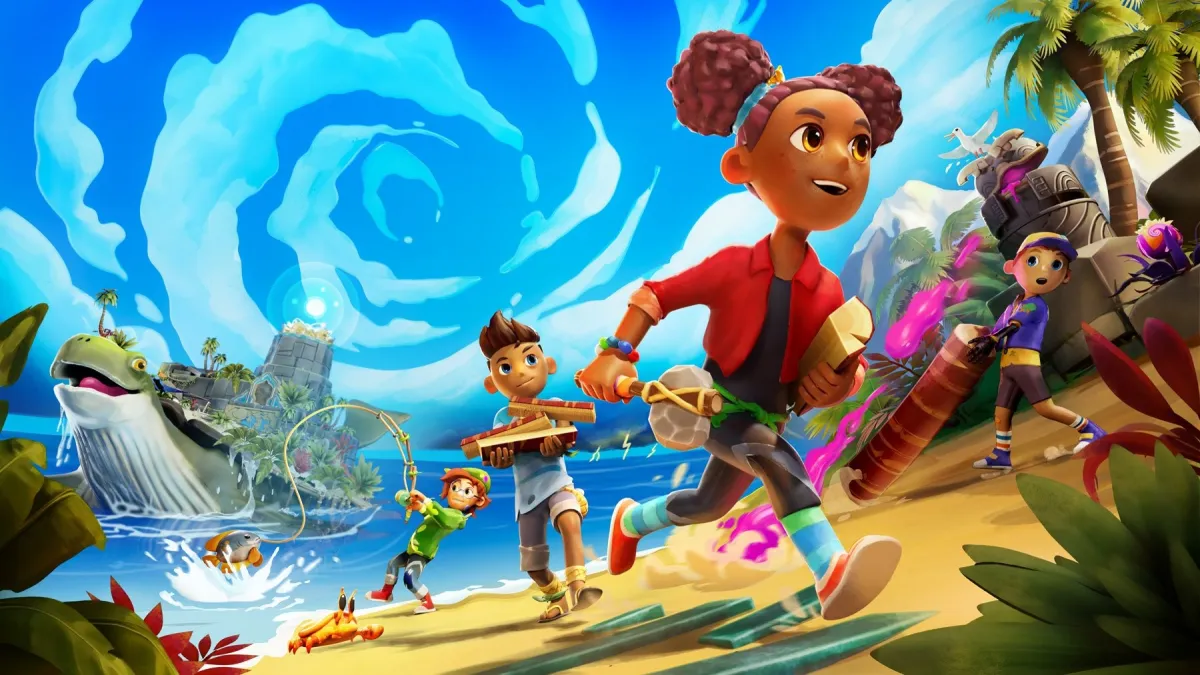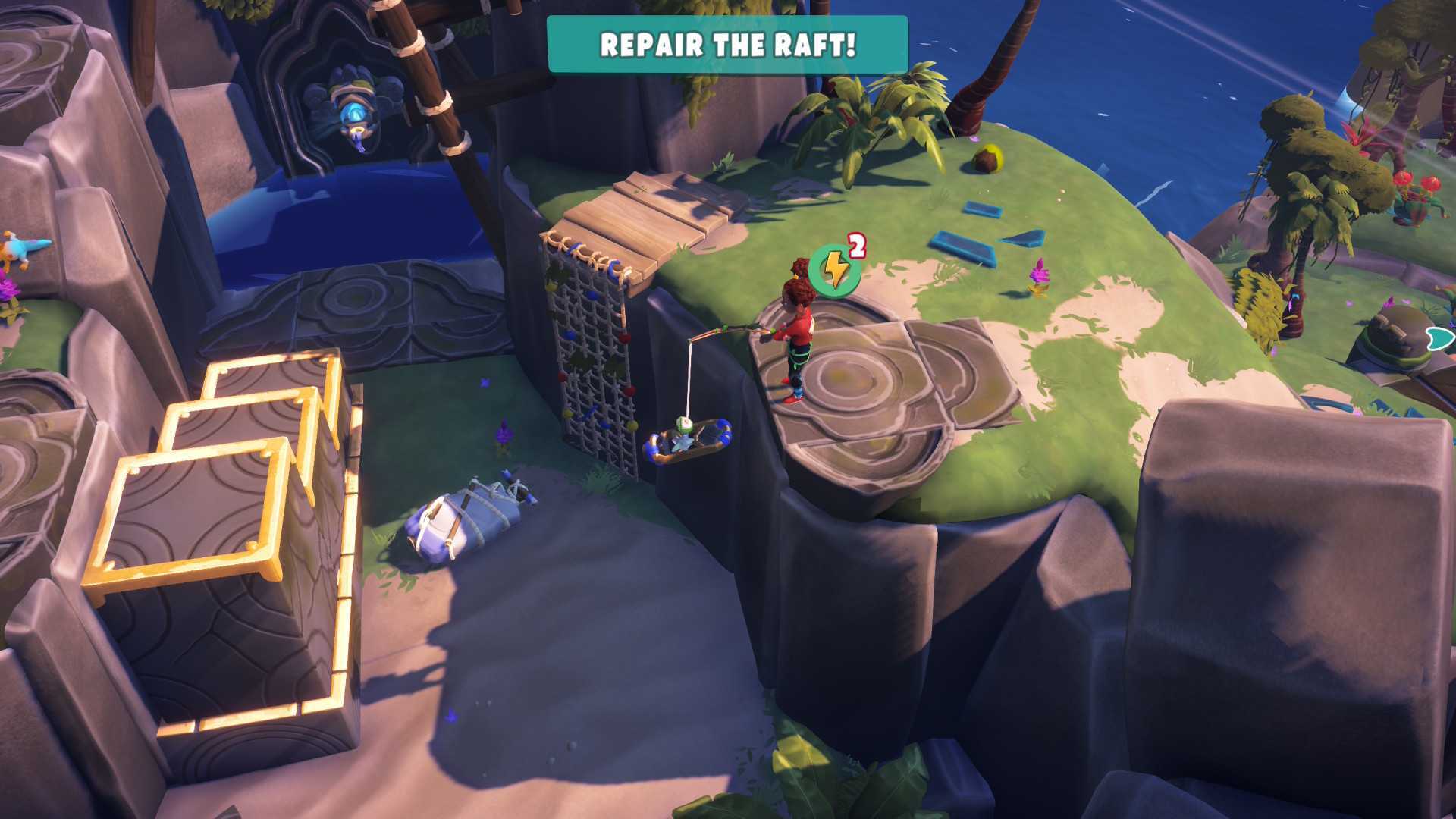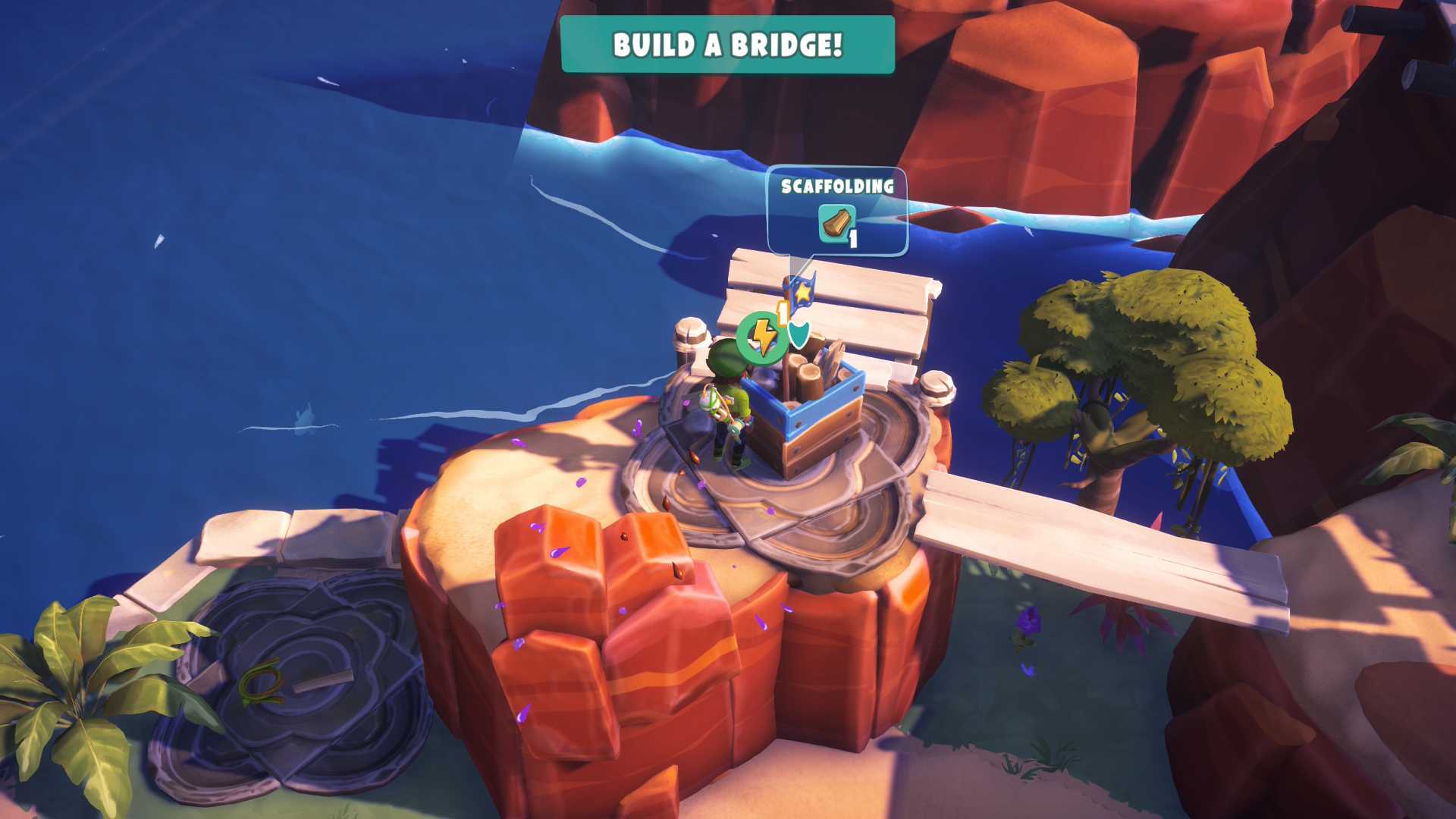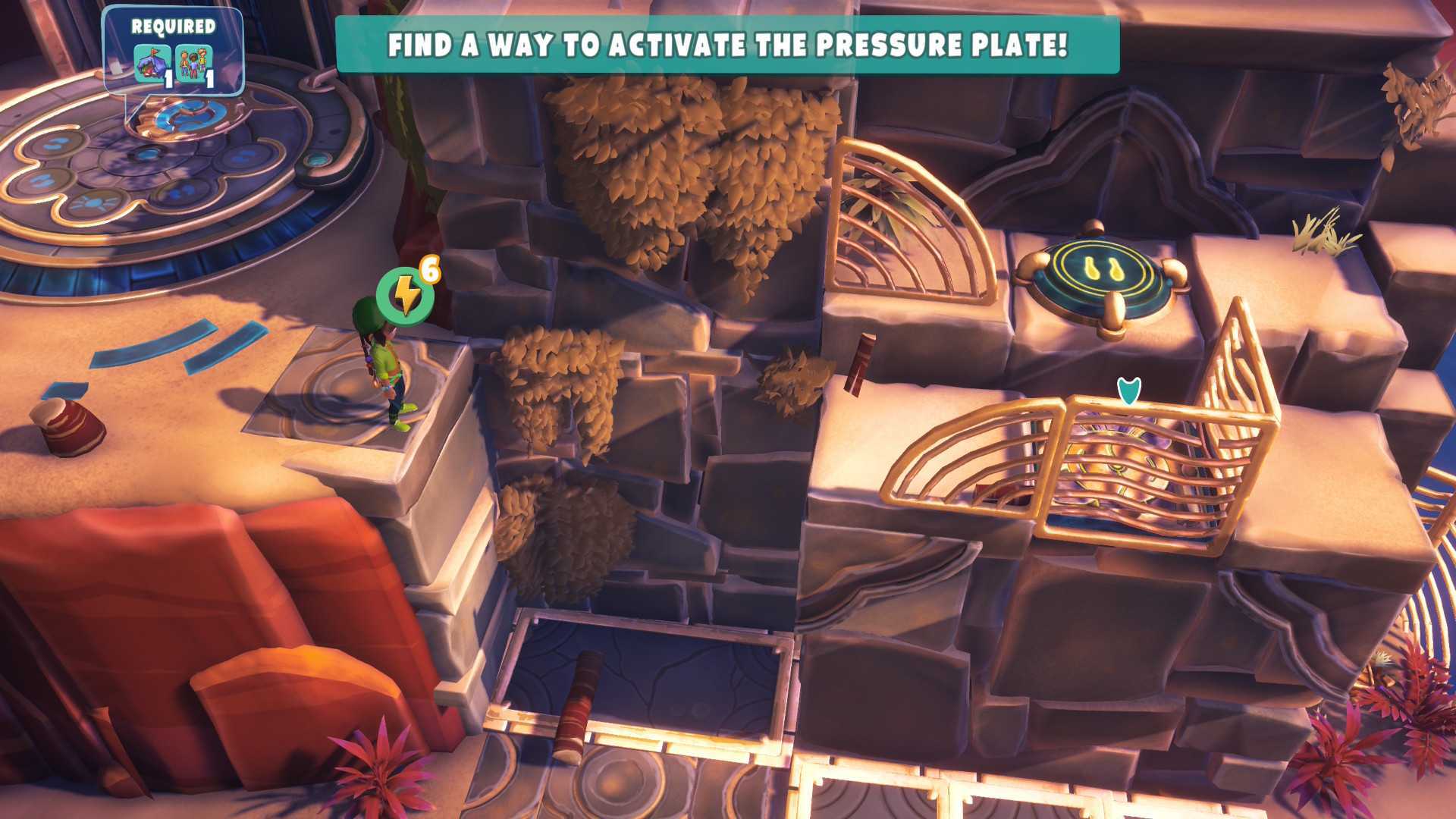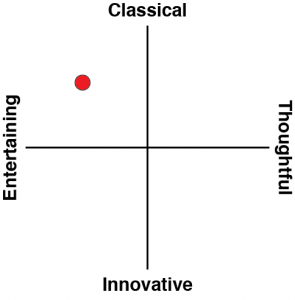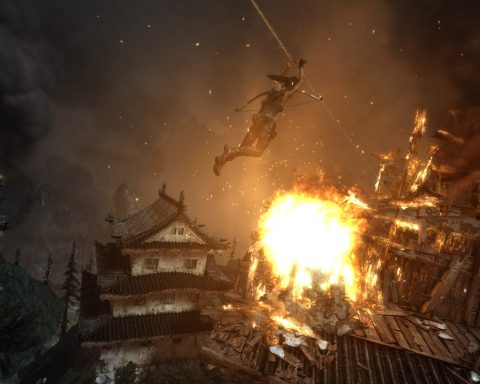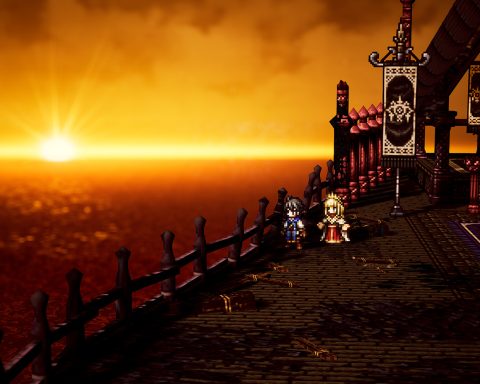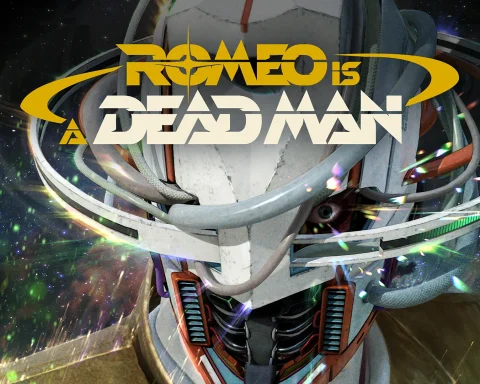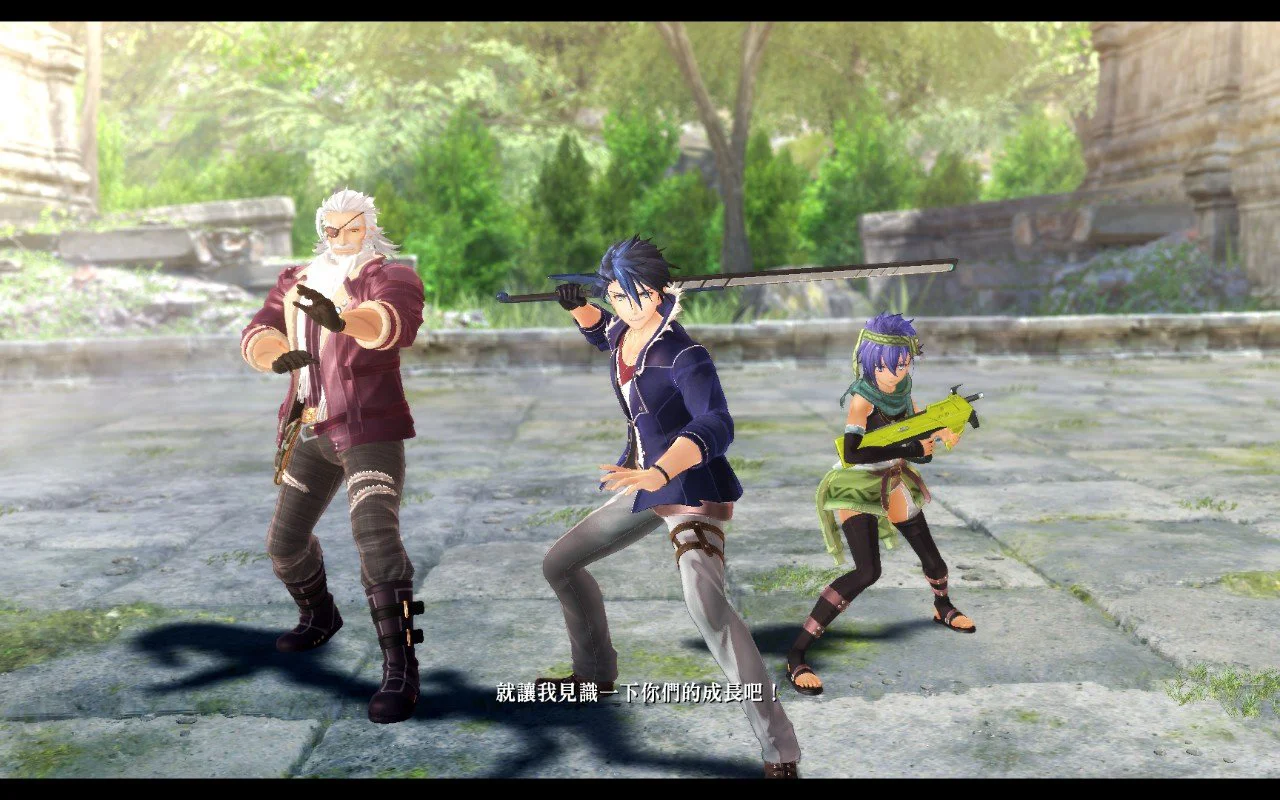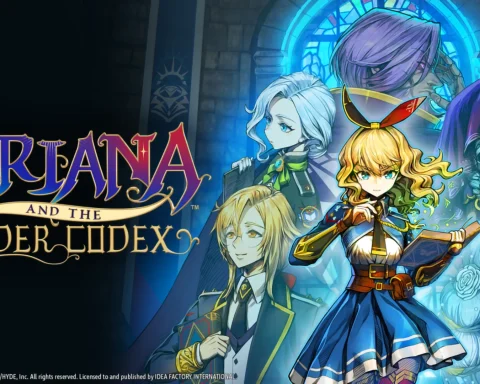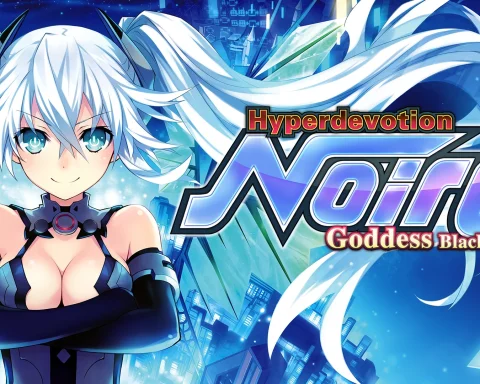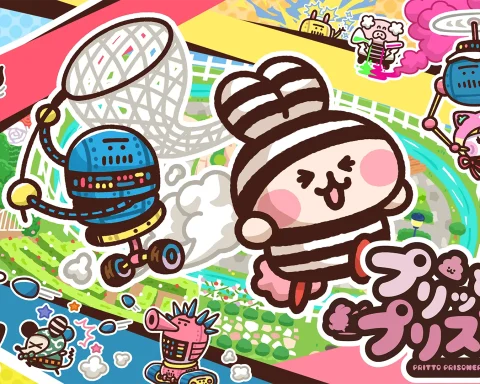The survival game genre has exploded in recent years, with countless options flooding the market. Most of these titles hyper-focus on crafting mechanics – a design trend that became ubiquitous after Minecraft’s success, shoehorned into games where it doesn’t always make sense. As someone who cherished the original Survival Kids on Game Boy Colour and its spiritual successor Lost in Blue, I’ve been waiting years for something that could recapture that unique experience. These older games felt different from the crafting-obsessed survival titles dominating today’s market, representing a bygone era of game design that seemed lost forever.
Survival Kids always felt like one of those “forgotten gem” franchises that everyone had opinions about but no one ever properly revived – much like Ice Climbers. I genuinely thought it would be perfect for Konami’s “R” series treatment, similar to what they did with Bomberman. A Link’s Awakening-style remake seemed like the obvious path to bring attention back to this neglected series. Instead, as Konami developed a reputation for sitting on valuable IP without doing anything meaningful with it, Survival Kids faded further into obscurity.
Then came the Nintendo Direct announcement for Survival Kids on Switch 2. My initial reaction was mixed – it looked different, perhaps too modern with what felt like a Gen Z, TikTok-influenced aesthetic. The question became whether this represented the energy needed to revitalise the series, or simply slapping a trusted name onto an unrelated concept to drive sales.
The development story raises some concerning questions. Survival Kids Switch 2 was built on Unity 6 as part of a collaboration between Konami and Unity, designed to showcase the engine’s new AI-powered Muse tools. Unity has been pushing heavily into AI integration for animation, graphics, and asset creation, which introduces ethical questions about the human element in game development. Whether this title was crafted by a traditional development team or generated through AI processes remains unclear, but the partnership’s focus on demonstrating technical capabilities rather than gameplay raises red flags.
What we’ve received is a multiplayer-focused experience where players navigate segmented island levels, working towards reaching escape rafts. In theory, adapting Survival Kids for multiplayer isn’t a terrible concept. The execution, however, is deeply flawed. While Mario Kart demonstrates how to create a game that works brilliantly in both single-player and multiplayer contexts – something that will be replayed for years – Survival Kids feels like an extended tutorial masquerading as a complete experience.
The most immediate problem is the insufferable narration and dialogue. Every action triggers unfunny quips or unnecessary exposition. The dry British commentary becomes so grating that I switched to Japanese audio, then eventually muted the sound entirely. Lines like “you didn’t need any assistance for that, wow” after completing basic tasks exemplify the condescending tone that permeates the entire experience. Even after completing most maps, the game continues treating you like you’re learning fundamental concepts for the first time.
Each level operates on a time-trial structure that theoretically allows for quick completion once you’ve mastered the layout. However, the constant hand-holding makes progression feel sluggish and patronising. The maps themselves feel designed around teaching mechanics rather than providing engaging challenges or meaningful replay value. This tutorial-first approach fundamentally undermines what could have been a compelling multiplayer survival experience.
The multiplayer implementation shows promise in concept but fails in practice. Different players could theoretically craft various tools and work cooperatively, with some focusing on collectibles while others handle different objectives. Unfortunately, the reality is far less appealing. Online play requires finding other owners of this niche launch title – a difficult task when everyone’s playing Mario Kart instead. Local multiplayer is limited to Game Sharing only, lacking proper lobby systems. The maps are too lengthy and tutorial-heavy to maintain interest in casual multiplayer sessions.
What’s particularly disappointing is how dramatically this departs from the series’ roots. The original Survival Kids games, especially the Japan-exclusive sequel, featured darker themes including kidnapping, treasure hunting, and abandoned World War II warships. The Lost in Blue spiritual successors continued this tradition with smuggling rings and sinister island experiments. This new entry strips away all tension and stakes, creating a sanitised experience that feels disconnected from its predecessors.
The survival mechanics have been reduced to their most basic form. Stamina management through food consumption is the only real concern, with food serving more as a power boost for tasks like lifting buried objects rather than a genuine survival necessity. There are no meaningful stakes, no sense of danger, and no compelling reason to engage with the survival elements beyond completing arbitrary objectives.
Many reviews have positioned this as a children’s game, perhaps aimed at 8-year-olds as a “my first survival game.” Even from that perspective, it falls short. My stepson, who fits that demographic, showed minimal interest beyond asking why I wasn’t playing Mario Kart instead. If this is meant to be accessible to children, the constant hand-holding suggests it’s designed for toddlers rather than primary school kids who are capable of much more challenging gameplay.
The game desperately needed procedural generation to give it longevity. The static maps lack the complexity and replayability that could make this concept work. A procedurally generated system, perhaps with some progression mechanics like Hades, could have created something genuinely compelling for both solo and multiplayer experiences. Instead, we’re left with a handful of tutorial levels that quickly lose their appeal.
The disconnect between this release and fan expectations couldn’t be starker. This feels like a multiplayer mode that should have been packaged alongside a proper single-player Survival Kids experience. As a quirky extra feature, it might have been charming. As the main attraction, it’s a half-baked concept that satisfies neither longtime fans nor newcomers seeking a quality survival game.
The fundamental issue is that Survival Kids Switch 2 doesn’t feel like a finished product. It reads more like a proof-of-concept or early access title than a complete game from a major publisher. The gameplay feels stripped down to demonstrate basic mechanics rather than provide meaningful challenges or progression. What’s needed is substantial additional content, proper single-player campaigns, procedural generation, and perhaps level creation tools to give players reasons to return.
As a longtime fan of the series, I feel compelled to find redeeming qualities in this release, but as a critic, I can’t recommend it. The challenges are more basic than those found in Paw Patrol games, the replay value is virtually nonexistent, and the core concept feels more rough than many indie titles made with minimal resources and no major publisher backing. This isn’t the Survival Kids revival fans deserved, and it’s unlikely to attract new players to a franchise that deserved so much better.
